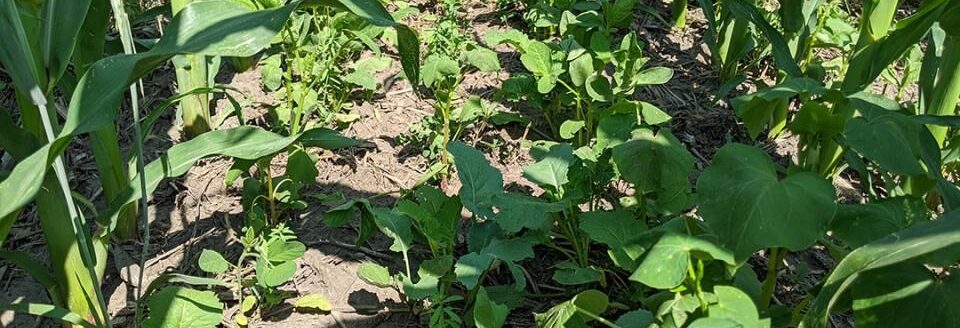An overflow crowd filled the Eastern Nebraska Research & Development Center on Feb. 15 for the Nebraska Cover Crop Conference. Cover crops are making a comeback and can help produces with suppression of herbicide resistant weeds, soil erosion and soil health.
Facts you should know about cover crops:
1. No-till and cover crops are first cousins and should be used together for best results.
2. Start small with 2 to 20 acres, not 200 or 2,000 acres.
3. Don’t experiment with cover crops in a field next to a highway or next to a loud-mouthed neighbor. This is a learning process and you will make mistakes.
4. Cover crops are unlikely to work well if they are squeezed into an already existing system without making other changes to the system.
5. Open the window a little wider. The corn-soybean rotation does not always allow for cover crop establishment due to the limited window in both fall and spring. Open the window by using shorter season corn and soybean varieties and by using the most cold-tolerant cover crop you can find for your area.
6. The number of beneficial and harmful insects will increase with cover crops. Make sure you know the difference.
7. Choose a cover crop to fit your herbicide program, rather than choosing herbicides to fit cover crops.
8. If you don’t grow something, Mother Nature will!


